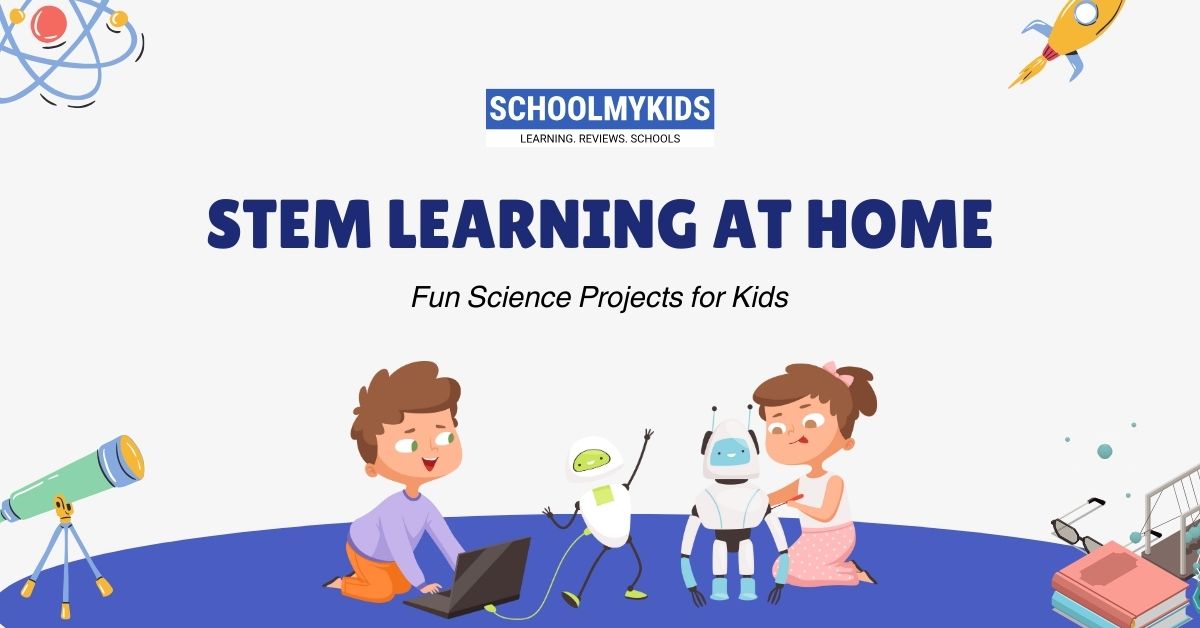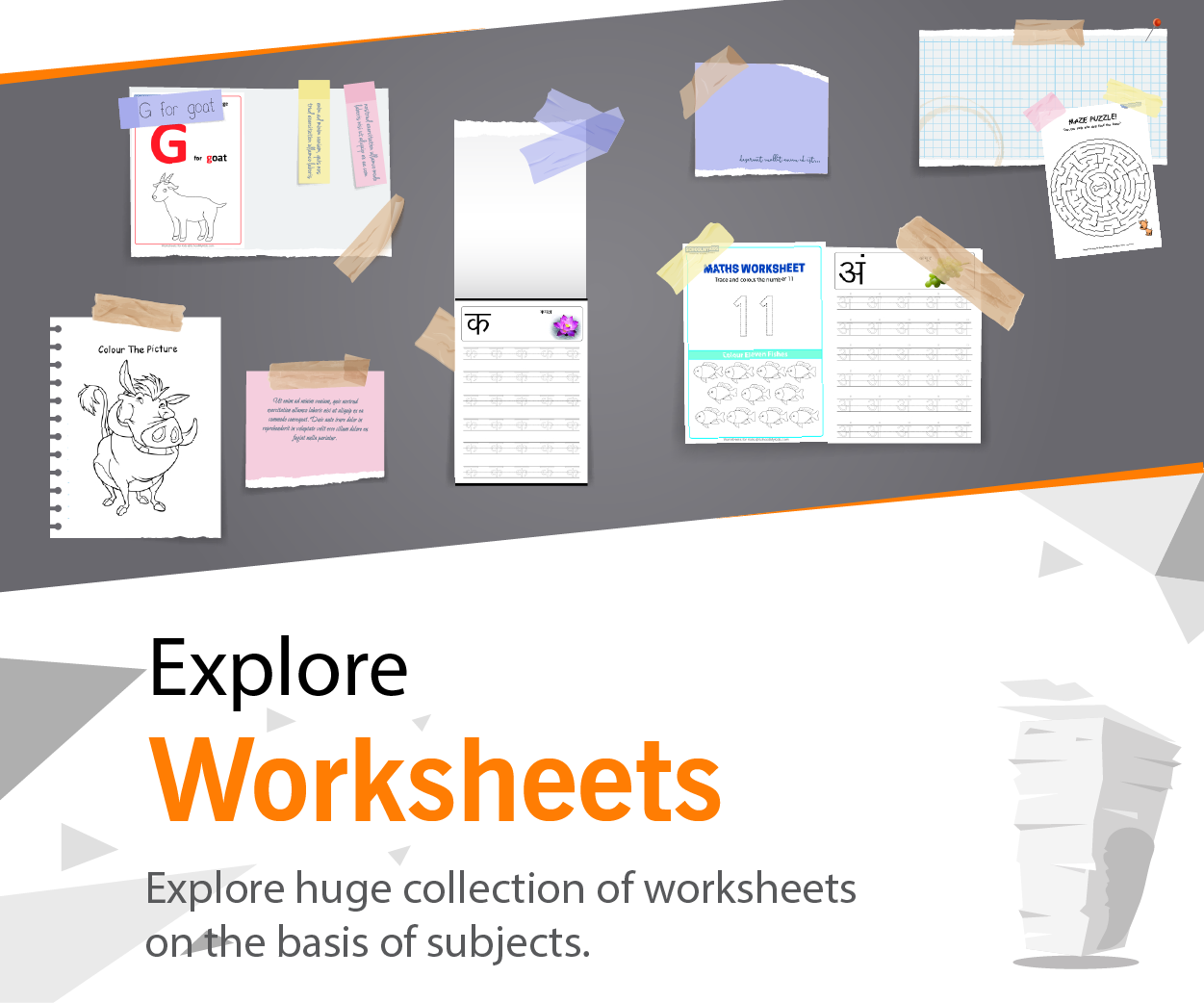A recent study by the National Science Foundation showed that children who engage in STEM activities are likely to develop better critical thinking while simultaneously having better academic performance. Did you know that STEM activities are not just limited to traditional classroom settings? Now, even parents can put their efforts into encouraging their kids to engage in STEM learning from the comfort of their homes.
When it comes to STEM learning, it simply means introducing subjects such as science, technology, engineering, and mathematics to kids through fun and interactive project creation that ultimately ends up developing curiosity and a love for science in them.
Read below this article to explore some of the most fun science projects for your kids.
5 Fun Science Projects for STEM Learning at Home
There are countless DIY projects for kids to engage them in STEM learning. However, here are our few best recommendations that every kid must give a try.
Volcano Eruption
Every parent certainly must have tried their hands at creating volcano eruptions in their childhoods. Now it’s time for your kids to learn something new with this classic science experiment. With simple household items such as baking soda, vinegar, and food coloring, children will be able to learn the concept of chemical reactions and the complexities of the geological processes that take place on the planet.
Here is the gist of how to make it:
- Use modeling clay or paper mache to shape it into a volcano around a plastic bottle.
- Create a mixture of baking soda, soap, and food coloring inside the bottle.
- Paint the model to give it the look of an actual volcano.
- Once ready, pour the wine and watch the volcano come to life.
Solar Oven
Another classic DIY science experiment is a solar oven. For this, only a few basic items are needed, such as a cardboard box, aluminum foil, and plastic wrap. Encourage your kids to get creative by learning the concept of solar energy and its power to cook delicious food. Through this project, they will not only learn the concepts of renewable energy sources but will also enjoy tasty snacks as a reward for their efforts. To do this, follow the given instructions.
- Cover the cardboard box with aluminum foil from the inside after removing one of its flaps.
- Now place the food items that are needed to be cooked inside the box.
- Simply cover the opening of the box with plastic wrap and let the trapped solar energy cook the food.
Homemade Rainbow
For kids who love art and crafts, making homemade rainbows indoors is a great idea to teach them the concepts of refraction and dispersion. Using a mirror, a flashlight, and a glass of water, kids can create colorful rainbows as the light refracts to form beautiful designs on walls and ceilings. Follow the few simple steps given below to create it.
- Take a glass filled with water and place it on the table.
- Now, direct the sunlight through the glass towards the mirror.
- Keep on adjusting the angles until you see a rainbow.
Mini Garden
For kids who love nature, nothing can be better than creating a miniature garden for themselves. With this botany-inspired project, you can encourage your kids to transform the backyard or windowsill by planting their favorite flowers, vegetables, or herbs. In this process, your kids will be able to learn the concepts of photosynthesis, the life cycle of plants, and ecology. Making this is easy but requires patience; here’s how your kids can make it.
- Fill little pots with soil and combine them with some fertilizer.
- Let your kids plant the seeds of their favorite flowers or vegetables and care for them regularly.
- Place the pots in sunlight and witness them grow.
DIY Magnet Maze
If you want to help your kids experiment with magnetism and come across the concepts of attraction and repulsion, a magnet maze is another significant idea to try. For this, help your kids gather a few essential items, such as a shoebox lid, magnets, and any metal objects, such as paper clips. Here’s how to make it:
- At the bottom of the shoebox lid, glue the magnets.
- Now place some paper clips or other metal objects on the inside of the lid.
- The magnetic wands thus created will help demonstrate the magnetic forces.
STEM learning at home is a great and interactive way to inculcate curiosity and love for science in your kids. By engaging in the making of these interactive DIY science projects, your kids will indeed learn some new concepts in a fun way.









Be the first one to comment on this story.